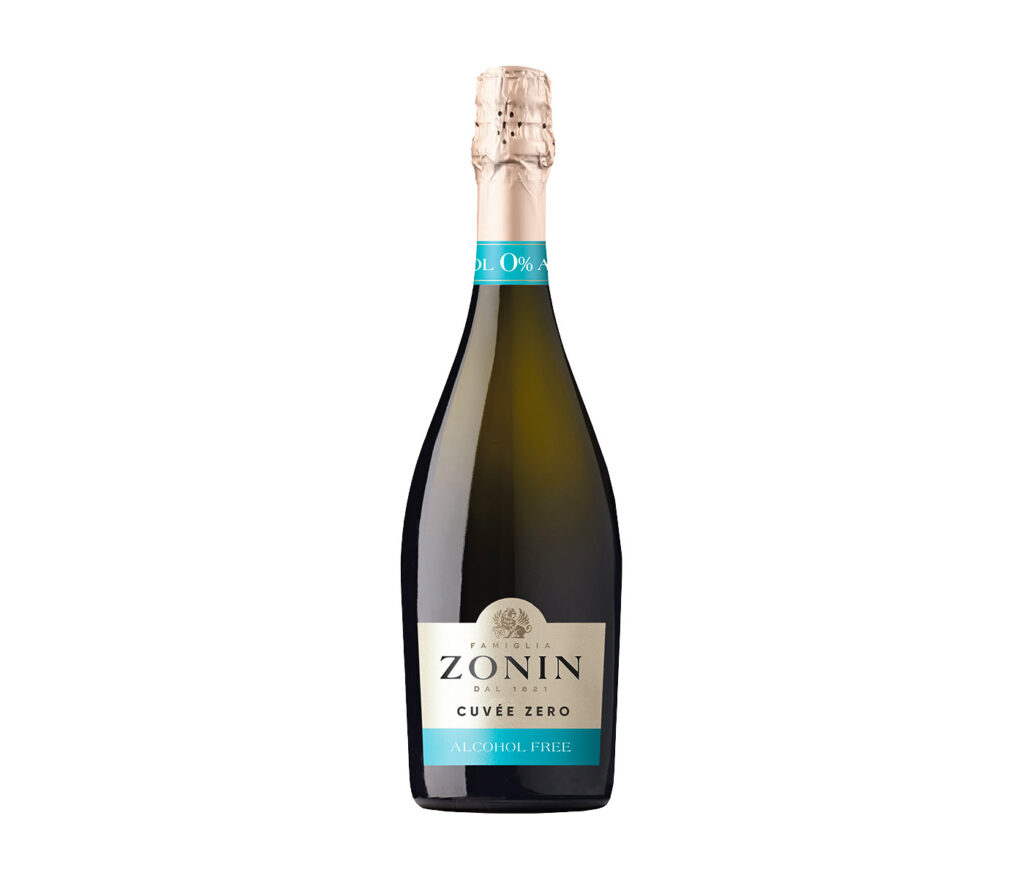
ZONIN has a new offering in the increasingly popular area of low- and no-alcohol wines. While many products in this category often taste more like juice than wine, sparkling varieties tend to hold up better due to the appeal of the bubbles. This recent launch from ZONIN, a producer known for premium Prosecco and collaborations such as Kylie Minogue’s excellent Prosecco, caught my attention because it is made from Glera grapes, the same variety used in Prosecco and is promoted as a premium option.
ZONIN’s challenge has been to develop a product with wine-like characteristics that can closely replicate sparkling wine while containing less than 0.5% alcohol. This has been achieved through a spinning cone column distillation method, a gentle process of dealcoholisation that preserves the wine’s flavour and texture.
The wine pours a pale yellow with plenty of fizz. It starts with large bubbles, which gradually become finer. On the nose, it has a familiar Prosecco-like aroma and the taste sits between apple and pear. It is slightly sweeter than a traditional Prosecco, likely due to the need for some sweetness to replace the role of alcohol. The standout feature, however, is its great mouthfeel, which is unexpectedly fuller-bodied for a non-alcoholic wine, even more so than many Proseccos, with a lingering, wine-like aftertaste. Interestingly, the flavour profile holds up well as it warms, intensifying in the same way an alcoholic wine would.
ZONIN Cuvée Zero is an excellent choice for those seeking a more premium, alcohol-free sparkling wine. It’s available from Ocado for £7.50.













